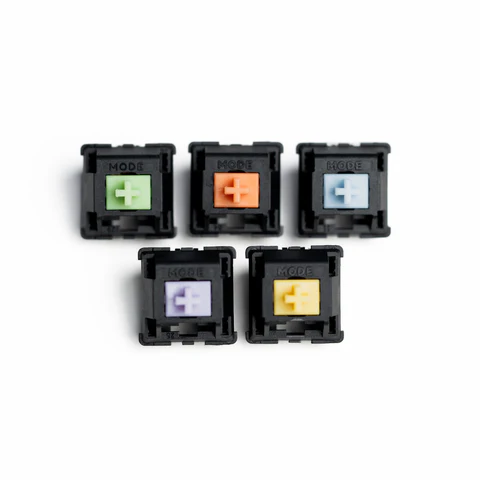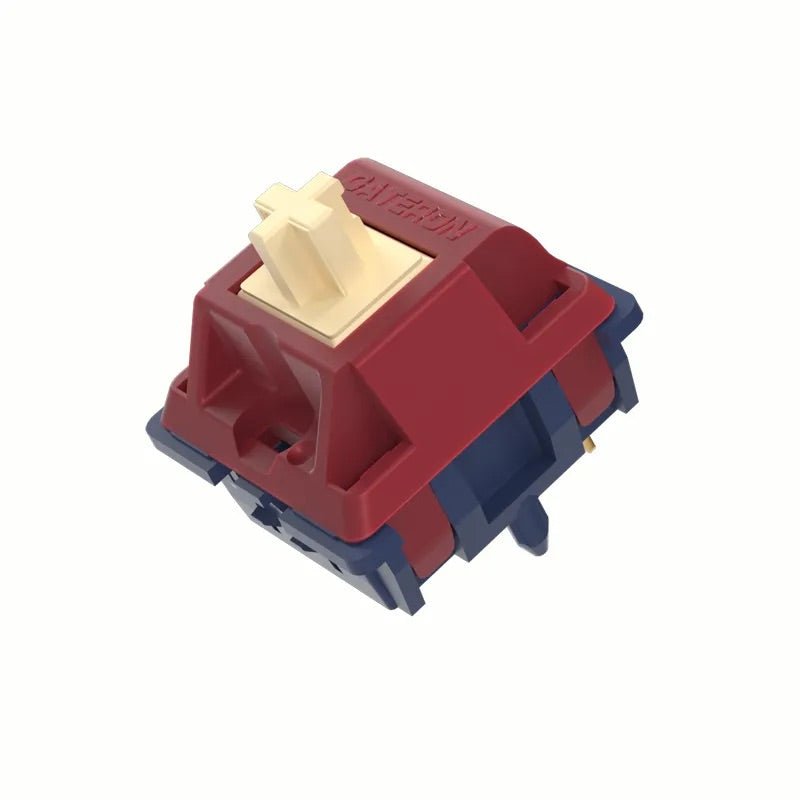Many high-end keyboards feature tactile switches for a responsive keystroke.
Comprehending the Conveniences of Tactile Changes for Improved User Experience
Tactile switches are important to modern-day interface, giving physical feedback that improves interaction precision and customer contentment. These devices are especially useful in settings where rate and precision are paramount, such as in gaming or expert setups. By using an unique sensation upon activation, tactile switches validate user inputs without the requirement to divert aesthetic attention, simplifying task execution and reducing mistake prices. This mix of instant physical action and integrity invites further expedition right into their broader effects and benefits.
Checking Out the Mechanics of Tactile Switches Over
To understand how responsive buttons improve individual experience, it is vital to explore their mechanics. Tactile buttons run with a system that customers can feel and hear when a key is pressed. This is achieved by incorporating a small dome or bump within the button, which produces resistance at a certain point in the keypress pathway. When this factor is gone beyond, the resistance provides means, producing a noticeable 'click.' This physical sensation is crucial as it supplies instant physical comments to the individual, validating that the input has been made without needing to trigger the button totally.
The building and construction of these buttons varies, yet common products consist of metal for the contacts and rubber or silicone for the tactile dome - tactile switches. These elements are crafted to endure millions of cycles, guaranteeing longevity and consistent efficiency with time. This dependability makes responsive switches specifically favored in atmospheres that demand quick, accurate customer input
How Tactile Comments Enhances Accuracy and Rate
Lots of users locate that tactile responses from switches dramatically improves both the precision and speed of their communications with devices. The distinctive physical sensation given when a tactile button is activated enables customers to verify their input without requiring to confirm aesthetically. This confirmation is vital in atmospheres where focus is split throughout multiple jobs, as it ensures inputs are both deliberate and proper.
Moreover, the instant responses from tactile switches decreases the moment taken in between actions. Individuals do not need to press secrets numerous times to ensure activation, resulting in quicker action times. This performance is specifically helpful in high-speed keying situations where each millisecond can contribute to general performance.

Additionally, the boosted sensory experience reduces customer exhaustion and raises involvement, view it making interactions extra intuitive and less prone to errors - tactile switches. Hence, responsive buttons not only enhance the functionality of a tool yet also add to an extra gratifying individual experience
The Function of Tactile Changes in Gaming Performance

Moreover, responsive buttons contribute to quicker response times. The physical sensation validates the essential press without the demand to bad the secrets, allowing quicker inputs and a smoother pc gaming experience. This is particularly beneficial in video go to these guys games that require rapid and recurring keystrokes, where speed is usually as essential as accuracy.

Responsive Switches in Professional Atmospheres
Responsive buttons are similarly transformative in expert atmospheres, where efficiency and ergonomic design enhance performance. These buttons, generally located in high-precision key-boards, are valued for their responsive responses - tactile switches.
In setups like control hop over to these guys rooms or workshops, responsive switches are integrated right into equipment for their reputable performance. They supply operators the certainty needed in high-stakes environments, making certain that every command or change is carried out as meant. This reliability, combined with the responsive reaction, aids maintain high degrees of focus and operational performance, vital in maintaining process and meeting expert standards.
Contrasting Tactile and Non-Tactile Interface
Exactly how do tactile interface compare to their non-tactile equivalents? The key distinction lies in the responses provided to users. Responsive user interfaces, such as those with physical buttons or textured surface areas, offer instant physical comments via touch. This sensory response can improve customer accuracy and speed, especially in settings where visual interest must be split. Non-tactile interfaces, like those with flat touchscreens, depend on visual or acoustic feedback, which might not be as prompt or without effort processed.
The option between tactile and non-tactile interfaces often depends on the application's context and user needs. Responsive user interfaces are very useful in situations needing procedure without straight line of view, such as driving or in certain commercial setups. Alternatively, non-tactile user interfaces can be premium in tidy or sterilized settings where physical buttons could harbor pollutants. Each kind has its staminas, and the ideal selection boosts user interaction, guaranteeing effectiveness and performance in individual experience.

Conclusion
To conclude, tactile switches considerably improve user experiences by giving essential physical responses. This feedback boosts precision and rate in both gaming and professional settings, decreasing the chance of mistakes and individual fatigue. By providing an extra intuitive and rewarding communication, responsive switches confirm above non-tactile interfaces, making them a favored selection for individuals looking for integrity and efficiency in their communications with technology. Inevitably, these buttons represent a vital advancement in user interface layout.